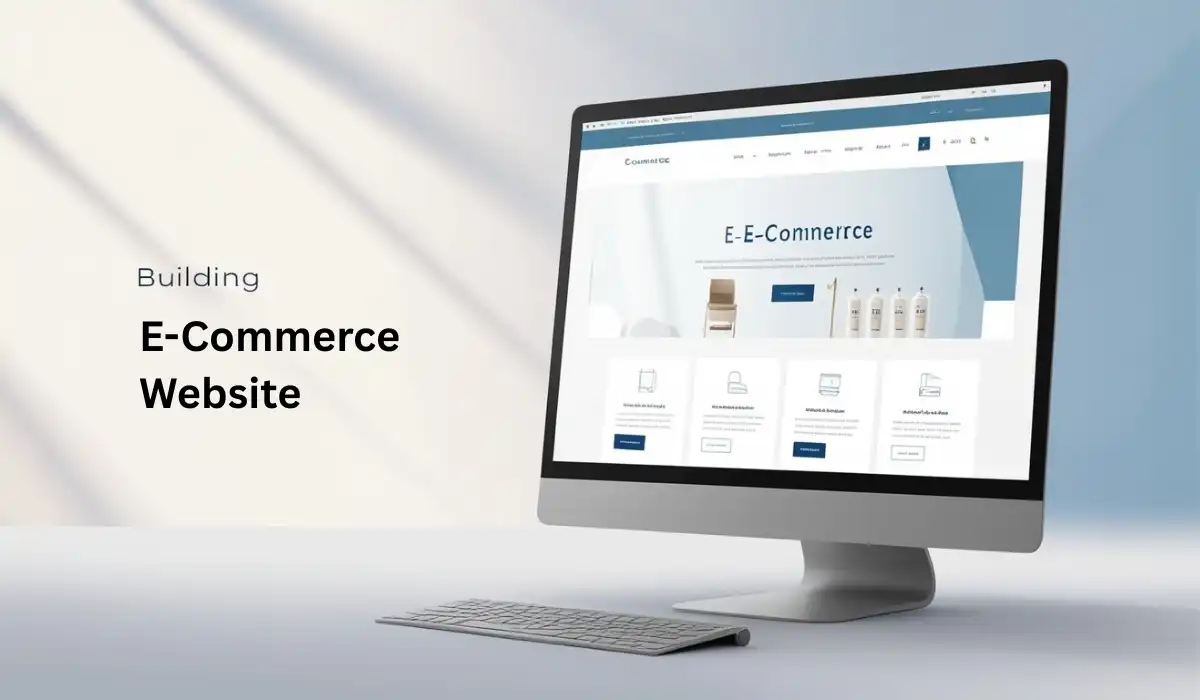Online shopping has reshaped consumer behavior, pushing businesses to develop smarter, faster, and more intuitive e-commerce websites. As the demand for seamless digital experiences grows, successful companies continue to raise the bar with user-centered strategies and innovative design practices. Businesses looking to thrive in the digital space can gain a competitive edge by following best practices inspired by industry leaders.
Creating an Experience, Not Just a Storefront
Modern e-commerce websites are no longer just online catalogues—they are dynamic experiences. Leading platforms focus on delivering intuitive navigation, fast-loading pages, and mobile responsiveness to ensure customers stay engaged and convert efficiently. From personalized product recommendations to clean, responsive layouts, every detail contributes to making the journey smooth and enjoyable.
Mobile Optimization Is Non-Negotiable
A significant percentage of online purchases are made via smartphones. Forward-thinking companies like ASOS and Walmart have optimized their e-commerce websites for mobile users. Responsive design, fast loading times, and simple mobile checkouts help reduce cart abandonment and increase conversions. An optimized mobile interface is essential for reaching customers on the go.
Securing Trust Through Safe Payments
Trust plays a critical role in online transactions. Top e-commerce websites ensure secure payments by integrating SSL certificates, displaying trust seals, and supporting popular payment gateways like PayPal, credit cards, and digital wallets. Clear refund policies and transparent pricing further reinforce consumer confidence and brand reliability.
Visual Storytelling with High-Quality Content
Visuals influence buying decisions. Brands like Nike and Zara understand the impact of immersive product displays. High-resolution images, zoom functions, 360° views, and lifestyle videos bring products to life. Including user-generated content such as customer photos and reviews also builds authenticity and trust among shoppers.
Personalized Journeys Drive Loyalty
Personalization is a core element in top-performing e-commerce websites. By using browsing data and purchase history, businesses can deliver tailored recommendations, dynamic content, and targeted marketing campaigns. Loyalty programs, birthday discounts, and abandoned cart reminders are examples of how personalization increases retention and repeat purchases.
Visibility Starts with SEO and Content
Driving traffic to ecommerce websites requires more than a great design. Leading companies prioritize SEO by optimizing product titles, meta tags, descriptions, and URLs. They also create helpful content such as how-to guides, FAQs, and blog articles to engage users and improve search rankings. A well-structured SEO strategy ensures a steady flow of organic visitors.
Customer Service That Sets You Apart
Exceptional customer support builds lasting relationships. Leading e-commerce websites offer live chat, responsive emails, and social media assistance to resolve queries quickly. A comprehensive FAQ page, return instructions, and order tracking contribute to a hassle-free shopping experience. Proactive support leads to increased trust and higher satisfaction.
Continuous Improvement Through Analytics
Analytics play a vital role in optimizing performance. By monitoring user behavior and site metrics, companies identify pain points, fine-tune layouts, and improve content strategies. The most successful ecommerce websites are those that adapt based on insights, constantly refining the user experience and marketing effectiveness.
Successful ecommerce websites focus on delivering more than just products—they deliver value, trust, and memorable digital experiences. By adopting best practices from top brands, businesses can elevate their online presence, foster customer loyalty, and drive sustainable growth in the competitive e-commerce landscape.
Frequently Asked Questions (FAQs)
Q1. What makes a successful e-commerce website?
A successful e-commerce website delivers seamless user experience, mobile optimization, secure transactions, and personalized content to attract and retain customers.
Q2. Why is mobile optimization important for e-commerce websites?
With a growing number of users shopping on smartphones, mobile-optimized e-commerce websites improve usability, reduce bounce rates, and increase conversions.
Q3. How can I build trust on my e-commerce website?
Display SSL certificates, offer secure payment gateways, show customer reviews, and clearly state your return and refund policies to establish credibility.
Q4. What role does SEO play in e-commerce websites?
SEO increases visibility by optimizing product descriptions, URLs, and meta tags, helping your website rank higher in search engines and drive organic traffic.
Q5. How can personalization improve e-commerce performance?
Personalized product recommendations, emails, and promotions boost user engagement, encourage repeat purchases, and improve customer satisfaction.
Q6. What are the essential features every e-commerce website should have?
Key features include fast load times, responsive design, secure checkout, search filters, product reviews, live chat support, and an easy-to-navigate layout.




